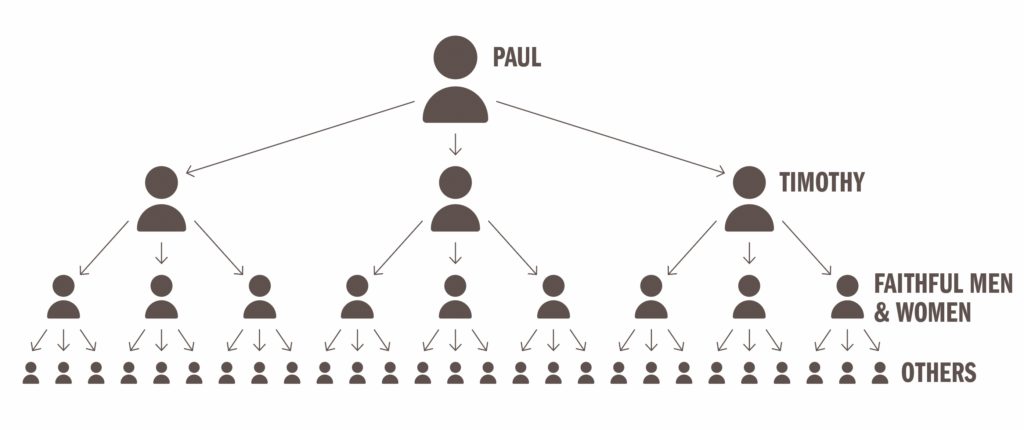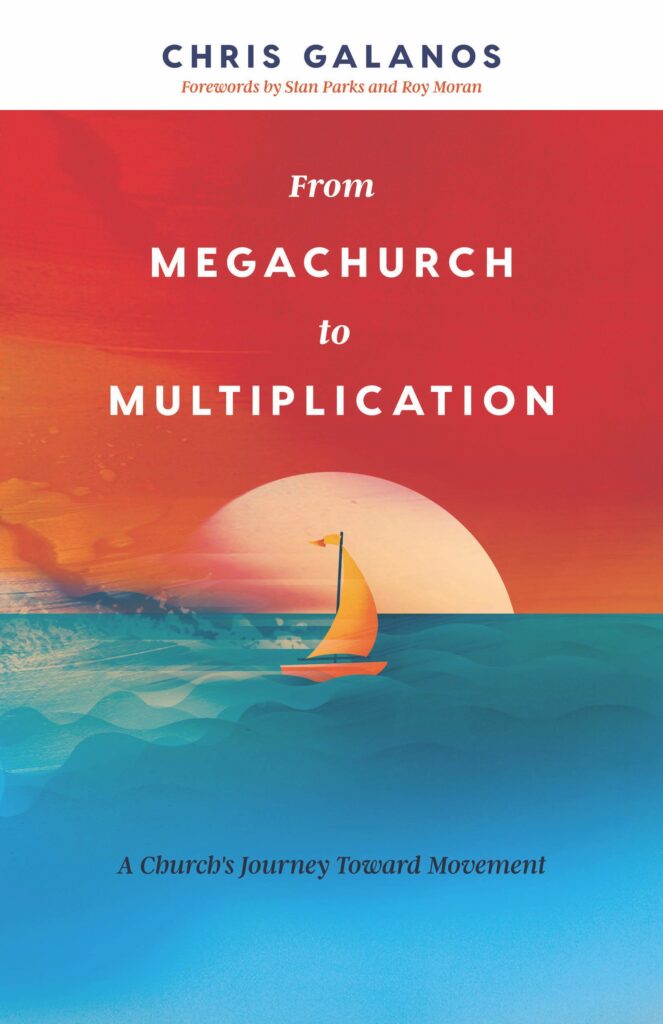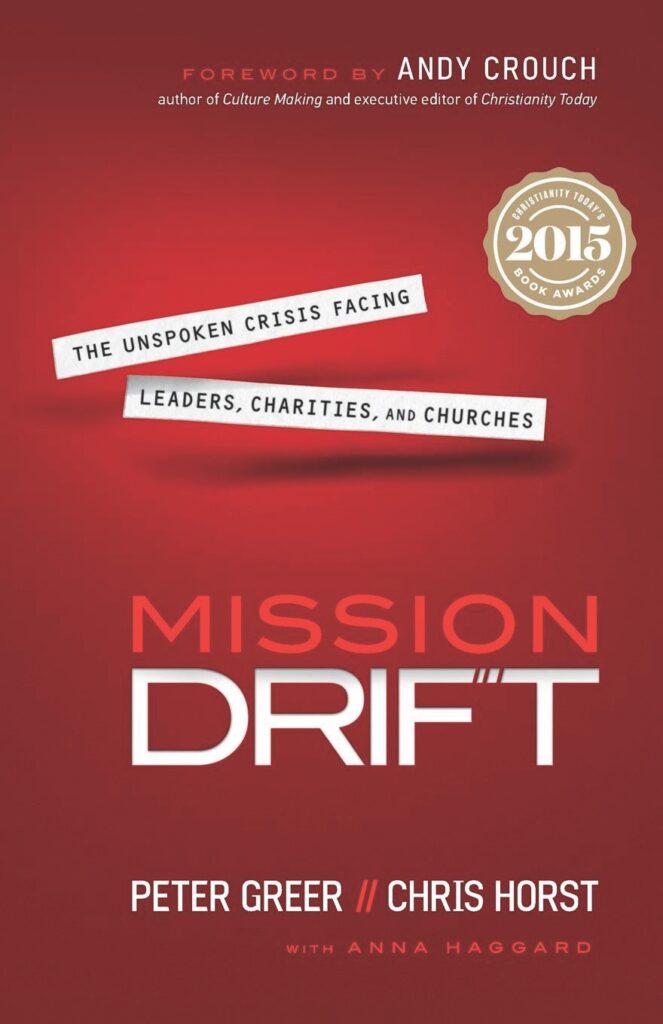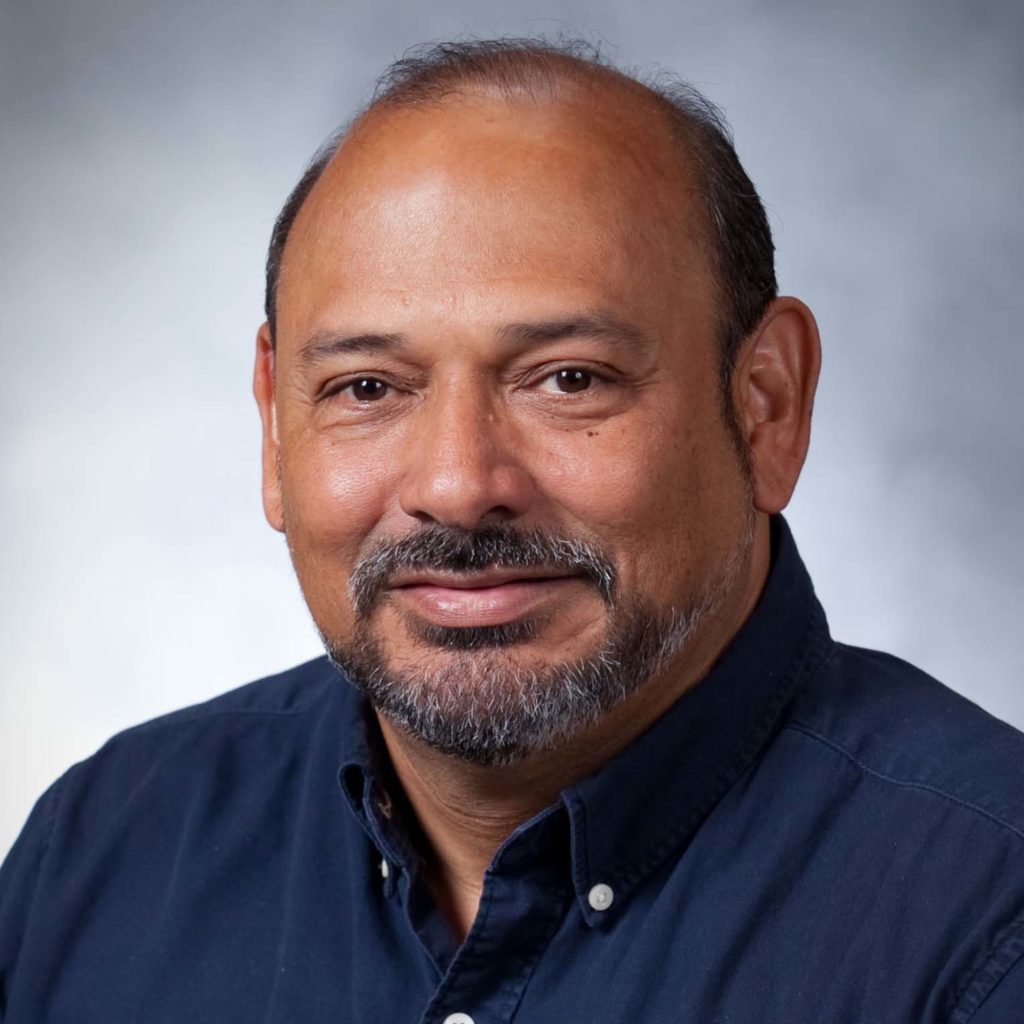PRESIDENT'S DESK
When I share with congregations because of my role at EMM, I often say that Jesus came not to launch just a “church,” but rather a “movement.” This movement He called the “Kingdom of God” and, as He taught in more than one way, it was meant to grow exponentially as generational disciple making takes place. This basically means that disciples of Jesus would multiply onto other disciples of Jesus both intentionally and relationally on a continuous basis. The organization, Coalition 24:14, which pays close attention to the more than 1,855 Disciple Making Movements (DMMs) that are taking place in the world today (mostly in Asia and Africa), defines a Jesus Movement as:
“A rapid and exponential increase in generational disciple-making that facilitates the effective multiplication of indigenous new churches that sweep across a people group or population segment.” For it to be classified as a movement, though, it has to have at least 100 new churches planted in a relatively short period of time that is 4 generations of disciples deep. Graphically, it would look like something similar to this:

Of course this idea is directly drawn from 2 Timothy 2:2, which says, “And what you have heard from me in the presence of many witnesses entrust to faithful men, who will be able to teach others.” In this verse, of course, we can see four generations of disciples: Paul, Timothy, faithful man (and woman) and others. Sometimes this verse is also referred to as the “1:3:9 principle.” One becomes three. These three become nine. Coalition 24:14 suggest that DMMs are usually driven by a number of important principles:
There is awareness that only God can start movements, but disciples can follow biblical principles to pray, plant, and water the seeds that can lead to a book of Acts type multiplying movement(s).
The focus is to make every follower of Christ a reproducing disciple rather than merely a convert.
Patterns create frequent and regular accountability for both obeying what the Lord is speaking to each person and for them to pass it on to others in a loving environment. This requires a participative small-group approach [or micro church].
Each disciple is equipped in comprehensive ways (such as interpreting and applying Scripture, a well-rounded prayer life, functioning as a part of the larger Body of Christ, and responding well to persecution/suffering) in order that they might function not merely as consumers, but as active agents of Kingdom advance.
Each disciple is given a vision both for reaching their relational network and for extending the Kingdom to the ends of the earth with a prioritization on the darkest places (with a “no place left” mentality). They are equipped to be able to minister and partner with others in the Body of Christ in both of these environments.
6. Reproducing churches are intentionally formed as a part of the multiplying disciples process. The intent in a DMM approach is that 1) disciples, 2) churches, 3) leaders and 4) movements can multiply endlessly by the power of the Spirit.
7. Emphasis is not on the specific model of DMM used (e.g. T4T, DBS, Zume, 4 Fields, etc.) but on the underlying biblical principles of multiplying kingdom movements.
This list has been adapted from Coalition 24:14.
I fully agree with the previous principles that drive a Jesus movement. These principles are also in alignment with what has been my closest connection to a Jesus movement. This connection happened back in the 1970–90s while growing up in Iglesia Amor Viviente: a Jesus movement launched by EMM missionaries Ed and Gloria King who were sent to Honduras. Currently, this Jesus movement ministers to about 10,000 people in a network of about 60 congregations. They are also doing church planting in about 45 other cities throughout Honduras. Amor Viviente is also working internationally in the U.S., Chile, Peru, Guatemala, Nicaragua, El Salvador, Costa Rica and Spain. The following are just a few of the characteristics of the Jesus movement that I experienced in Honduras:
1. We all came to church every week with a clear sense of expectancy for what God was about to do! Worship was passionate, genuine and heartfelt. Preaching was anointed and always challenging us to engage in God’s mission around the city.
2. Small group dynamics were effectively utilized as “training spaces.” Leadership development happened in “cell groups” (grupos de crecimiento) around the city.
3. We were hungry to hear and obey God’s Word. Our emphasis was on obedience of God’s commands way more than in head knowledge; especially the Great Commission!
4. We believed wholeheartedly that Jesus was coming back in our generation and therefore were willing to share the good news with everyone!
5. Finally, we made disciples of Jesus organically! Following Jesus was not enough; we were also busy making disciples of Jesus as an integral part of our faith experience.
God has used EMM in the past as a vehicle to get behind amazing Jesus movements in different parts of the world. I believe in missions wholeheartedly because my life was forever impacted by a couple of missionaries that decided to say “Yes!” to God’s calling to go. Where is God calling you?
What I'm currently reading


From megachurch to multiplication: A church’s journey toward movement
by Chris Galanos


The forgotten ways: Reactivating apostolic movements
by Alan Hirsch


Mission drift: The unspoken crisis facing leaders, charities, and churches
by Peter Greer & Chris Horst with Anna Haggard


Marvin Lorenzana serves as president of EMM.
